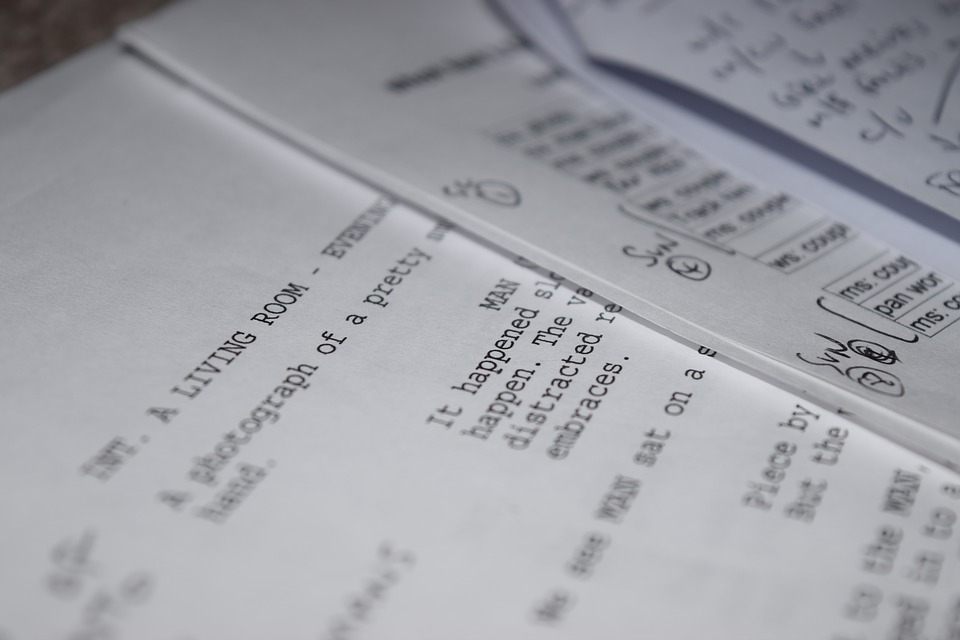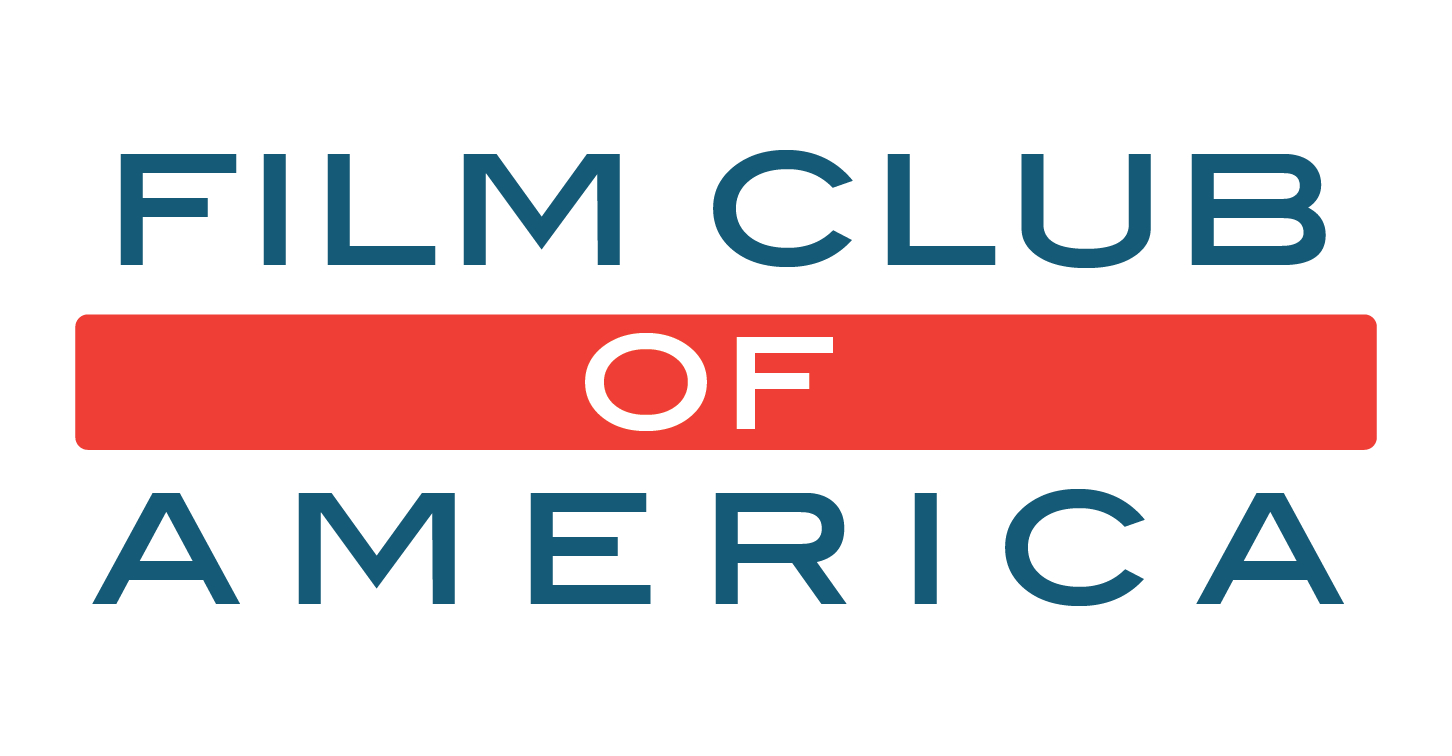In this article, we will get into how to formulate a modern motion picture three act structure. We’ll do this by using the more successful tools that writers have to get to a finished draft. We may briefly touch base on the traditional methods of plotting a narrative, but generally we are looking for the modern methods of navigating a story in this post.
Is the Three-Act Structure enough to write an interesting screenplay?
I think so. But my biggest issue with the three act structure is that it negates the need to build compelling characters. While it does a superb job of focusing on creating a dynamic plot, it completely leaves holes in character development.
No matter how well structured your story may be, if the characters ethics are not flushed out, it could be more entertaining to watch paint dry. As writers and storytellers, we are after two very specific things. Dynamic Characters & Dynamic Plots.
Defining essential terms for the modern writer.
Let’s take a step back. We have to know exactly what we are attempting to achieve in the story before we can begin to write one. It is important to understand the mission of writer for the modern screen. There are four terms which I believe need to be clearly explained.
- Dynamic Plot – A plot which is constantly forcing your characters to make, create, or avoid actions which oppose or support their ethics.
- Dynamic Character – A character that has the ability to resolve a plot point via a skill, ability, or insight. The plot events should help the character reluctantly evolve into a better, stronger, or complete version of themselves than when originally introduced in the story (or for tragedies- vice versa).
- Structure – The framework to which scenes are written.
- Ethics – The self imposed rules which define how the character conducts themselves.
Most average writers add events/plot points to their story which do not force their characters to make critical decisions which mold their ethics. Poor writers, on the other hand, do it mostly through monologues and extended dialogue phrases.
Never forget that you’re writing for a visual medium. Talking heads are wildly boring if a compelling performing artist is not casted to portray your character. The number one sin of all writers/entertainers is being boring or uninteresting to their target audience.

What works for modern screenwriting?
In my opinion, the Three-Act structure is a one street to writers block. No one wants to depend solely on a tool that leads to mental constipation. But the fallacies of the Three-Act structure are not a reason to abandon it completely. It certainly has a specific use to the modern writer. We will get into its purpose later on in the article.
Here is a quick list of practices and methods that make it extremely easy for writers to progress to a finished draft, while covering the basis of the 4 define terms.
- The Hero’s Journey (Joseph Campbell) – This is a multi-step system that navigates through mandatory events which are required for the protagonist to finish an epic journey.
- Plot Sequencing – The practice of creating multiple dramatic sequences which challenge the character’s ethics.
- Agony Burgeoning – Much similar to sequencing, this plot strategy focuses on defining the worst case scenario for the protagonist, and then amplifying the same worst case scenario until the character has to break their ethics.
- Scene Constructing – A disjointed narrative that makes use of backstory, foreshadowing, and other non linear writing devices to justify a character’s ethics.
- Exercise on “Poetics” – This principle uses Aristotle’s “Poetics” to define plot events which contradict and/or challenge the character’s ethics by asking specific questions to the author.
All these these writing techniques focus on the character first, while forcing plot events to exist only to directly challenge that character’s ethics.
This enables the writer to continue to create events that lead to dynamic instances of both plot & character, while constantly hammering on the ethics of the protagonist (main character).
Why do you need the three act structure?
Imagine being a running coach. Now, you are examining the progression of a sprinter without a stopwatch or timing device. That makes no sense, and the job a lot tougher. That is what the three act structure is for the writer. A timing device.
It keeps the story on track. The three act structure states; that you have plot events which lead to a climatic anti-thesis, and then the story quickly resolves before the hero returns to their world of “normal”.
Without the three act structure these plotting devices can go on endlessly, leading your audience to plot fatigue (too many story events to digest, thus making your story unbelievable). Plot fatigue crushes your chance for the audience to believe the story. Without the audience envisioning themselves in the plot, you are completely lost. The suspension of disbelief is a requirement to keep the audience and your characters honest to the rules intrinsic to the human subconscious.
In follow-up posts, we’ll further expand on these literary devices which keep the story moving to a dynamic & complete draft. But that depends entirely on how you respond to this article. So please help us by sharing, liking, and commenting in our social media group on facebook. Better yet, create an account and comment on this post in the comments section below.

